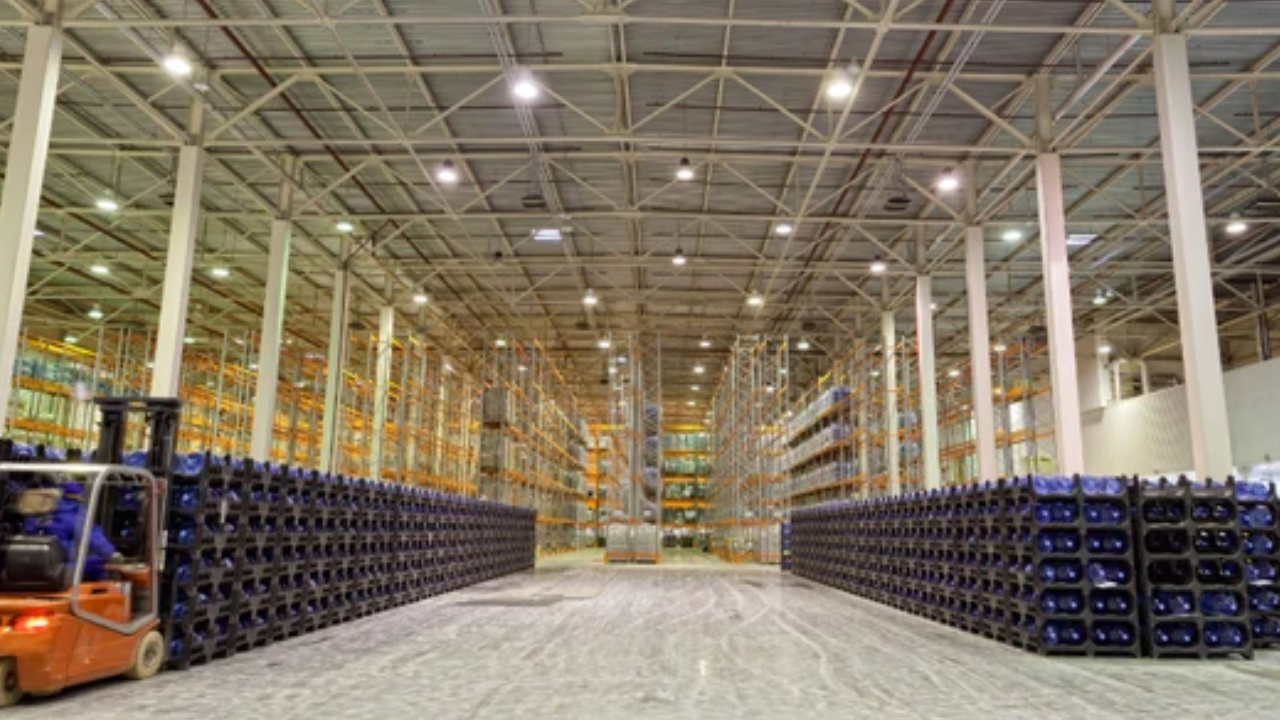The use of LED bulbs in commercial lighting systems is a strategic decision motivated by various advantages. LED bulbs, noted for their energy efficiency, have a substantial impact on operational expenses and the environment. They save money in the long run because of their lengthy lifespan and low maintenance requirements. The versatility of LED lighting in different commercial environments, combined with rapid illumination and customizable features, boosts productivity and ambiance.
A comfy and cutting-edge technological work environment can be created with commercial LED lighting’s flicker-free operation and compatibility with smart lighting systems. The lack of hazardous materials in commercial led lighting promotes environmental sustainability, and incentives and rebates sweeten the bargain for enterprises that make the move. In essence, LED lamps are more than just light sources; they represent a paradigm shift toward efficiency.
What Is The Purpose Of Commercial Lighting?
The goal of commercial lighting is to provide enough effective illumination in a variety of corporate contexts. It improves visibility, promotes safety, and shapes the entire ambiance of business places. Strategic business lighting can also enhance the customer experience, emphasize products or features, and help with energy efficiency and cost savings.
The Advantages Of Using LED Lamps In Commercial Lighting Systems
In the ever-changing environment of lighting technology, light diode (LED) bulbs have emerged as game changers, revolutionizing commercial lighting systems. A variety of benefits drive the transition from traditional lighting sources to LED bulbs in commercial areas. This comprehensive post will go into the compelling reasons why LED bulbs are the best option for business lighting systems.
Energy Efficiency
LED bulbs are known for their high energy economy. Unlike typical incandescent bulbs, which lose a considerable amount of energy as heat, LEDs turn almost all of the electricity they consume into visible light. This inherent efficiency translates into significant energy savings for business enterprises, helping to minimize operational expenses and environmental impact.
Cost Savings
LED lighting’s energy efficiency results in direct cost reductions for enterprises. While the initial investment in LED technology may be slightly higher, the long-term advantages vastly outweigh the expense. LED lamps have a longer lifespan and require fewer replacements than standard bulbs. This saves maintenance costs and downtime, resulting in significant savings over the lighting system’s lifetime.
Longevity and Durability
One of the most notable aspects of LED bulbs is their incredible endurance. LED technology enables tens of thousands of operational hours, significantly beyond the lifespan of standard lights. In a commercial situation where continuous illumination is required, the endurance of LED bulbs assures long-term performance, lowering the frequency of replacements and associated maintenance expenses.
Environmental Impact
LED lighting contributes significantly to environmental sustainability. Their energy efficiency minimizes carbon emissions since they require less electricity to produce the same amount of light as normal bulbs. Furthermore, LED bulbs are free of harmful materials such as mercury, which is commonly found in fluorescent lighting, making them more environmentally friendly and easier to dispose of when they reach the end of their life.
Enhanced Performance and Customization
LED technology provides exact control over the direction, intensity, and color of light. This level of control is invaluable in commercial settings where precise lighting requirements are critical. LED bulbs are easily integrated with dimmers and smart lighting systems, allowing businesses to create personalized lighting settings that improve productivity, ambiance, and visual appeal.
Instantaneous Lighting and Flicker-Free Operation
LED bulbs give quick illumination without the need for a warm-up time like certain older lighting sources. This function is especially useful in commercial situations where instant, uniform illumination is critical. LED lighting also doesn’t flicker, which reduces eye strain and creates a more comfortable and productive work environment.
Adaptability to Various Commercial Spaces
LED lamps come in a diverse range of shapes, sizes, and color temperatures, making them adaptable to various commercial spaces. Whether illuminating retail displays, offices, warehouses, or outdoor areas, LED lamps offer versatility in design and application. The ability to choose color temperatures also allows businesses to create lighting schemes that align with the intended mood or purpose of each space.
Conclusion
The use of LED bulbs in commercial lighting systems offers a significant step forward in terms of efficiency, sustainability, and cost-effectiveness. From energy savings and increased lifespan to improved performance and adaptability, the benefits of employing LED bulbs are appealing to organizations looking to optimize their lighting infrastructure. As technology advances, LED bulbs serve as beacons of innovation, blazing the route to a brighter, more sustainable future for commercial lighting.

